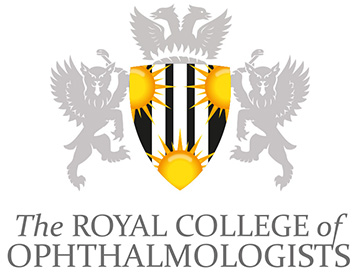Eye Care in the Intensive Care Unit (ICU)
29 November 2017
Produced in collaboration with the Intensive Care Society, the Eye Care in Intensive Care Unit guidance provides advice for clinical staff involved in eye care in the ICU. It is primarily intended to help non-ophthalmic ICU staff to:
- protect the eye in vulnerable patients, thus preventing ICU-related eye problems
- identify disease affecting the eye in ITU patients, and specifically those which might need ophthalmic referral
- deliver treatment to the eye when it is prescribed
It concentrates on the common problems of the eye surface but also touches on other less common conditions. As such, it should also be helpful to those ophthalmologists asked for advice about ICU patients.
The health of the front surface of the eye, particularly the cornea (the clear front window of the eye) depends on the ability to produce tears, to blink, and to close the eyes with rest or sleep. These can be impaired on the intensive care unit (ICU) whether by disease (eg. facial oedema, reduced conscious level, peripheral or central neurological injury) or treatments (eg the drying effects of gas flows from CPAP or oxygen masks).
In particular, muscle relaxants reduce the tonic contraction of the orbicularis muscle around the eye which normally keeps the lids closed, and sedation reduces blink rate and impairs (and can eliminate) the blink reflex. Whatever the cause, those unable to close the eye for themselves, or in whom blinking rates are substantially reduced, are at increased risk of damage to the front of the eye, and this risk is higher in those mechanically ventilated, due to greater length of stay, use of sedative/paralysing drugs and the effects of positive pressure ventilation.
More Ophthalmic Services Guidance can be found here.
